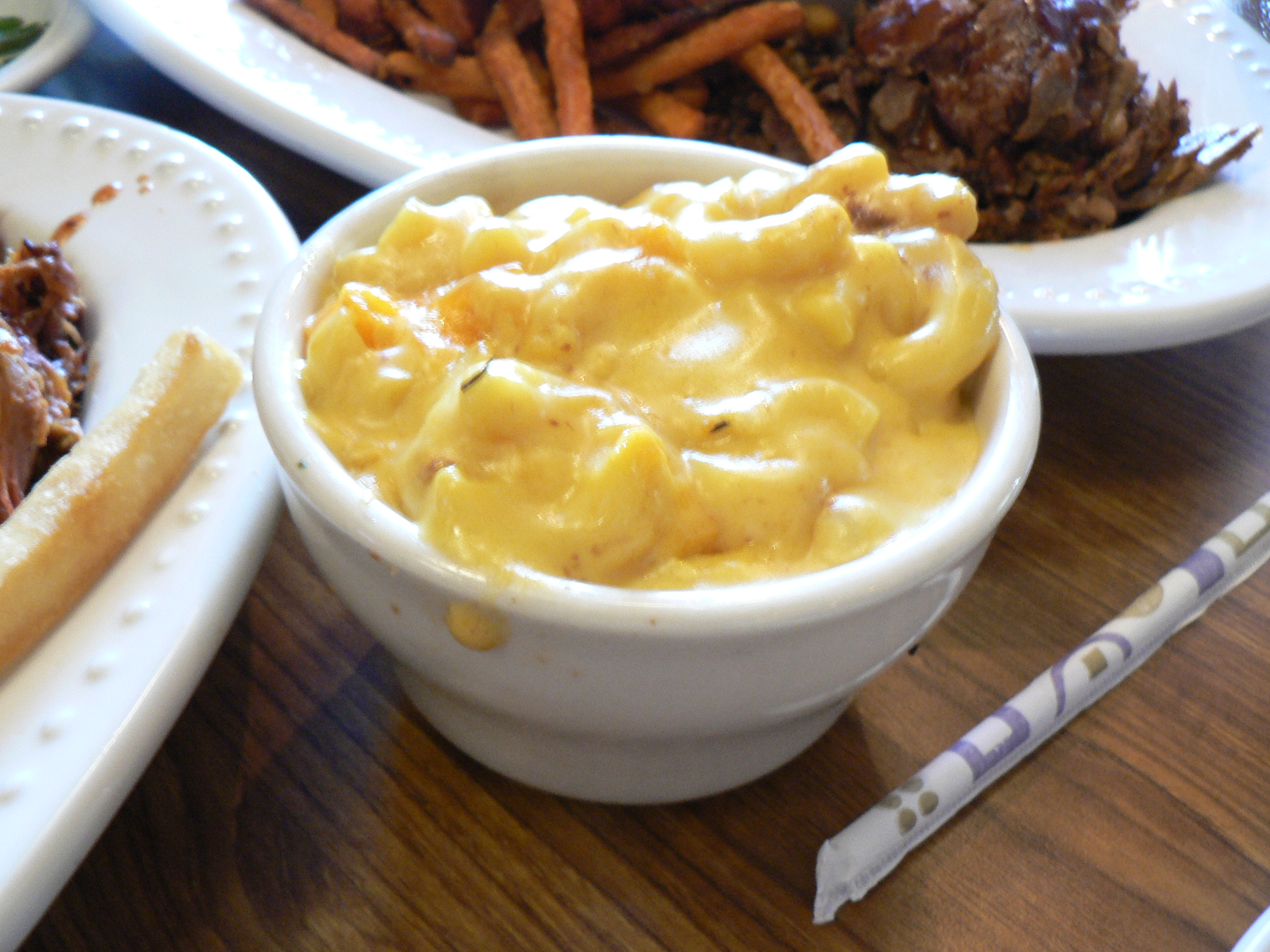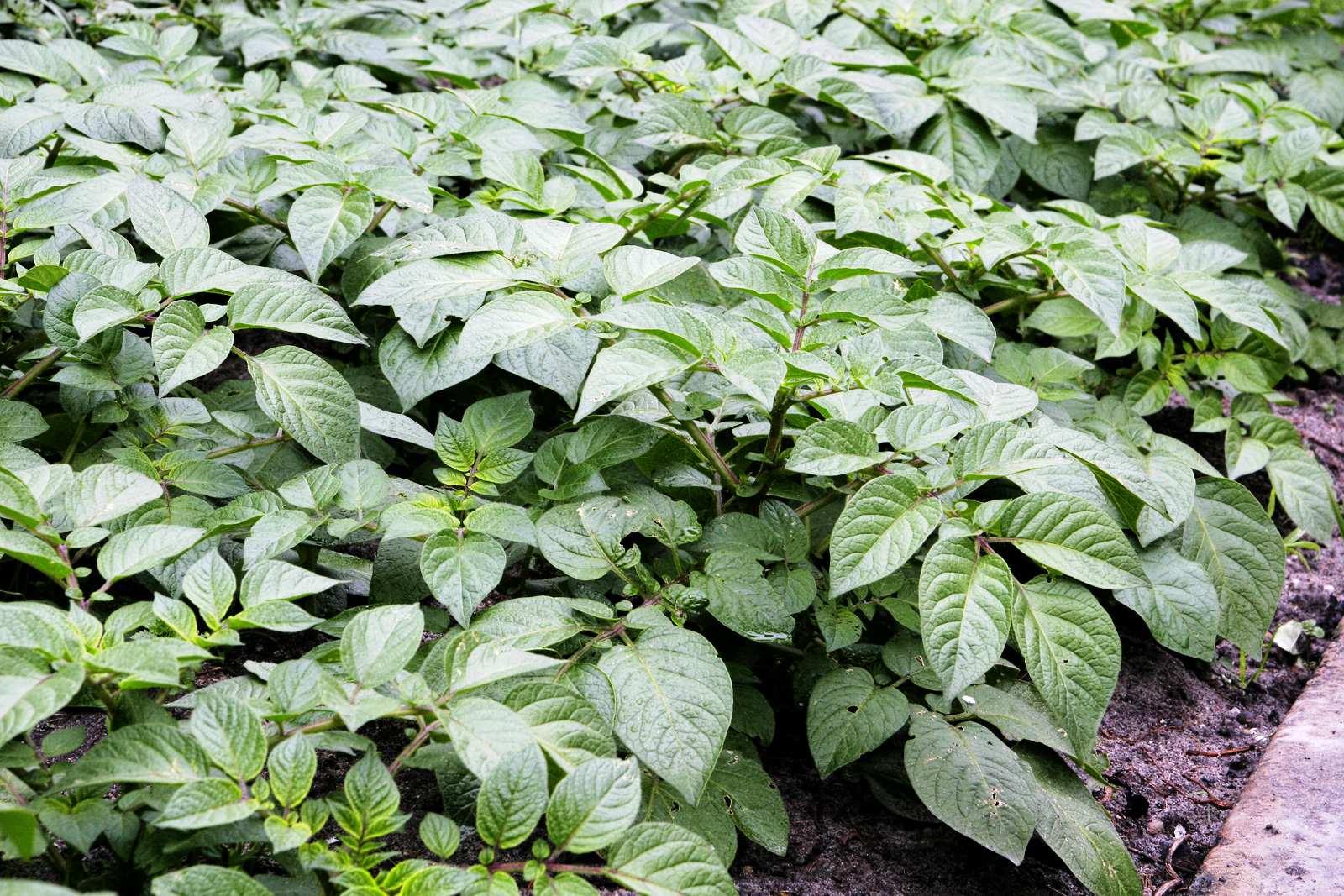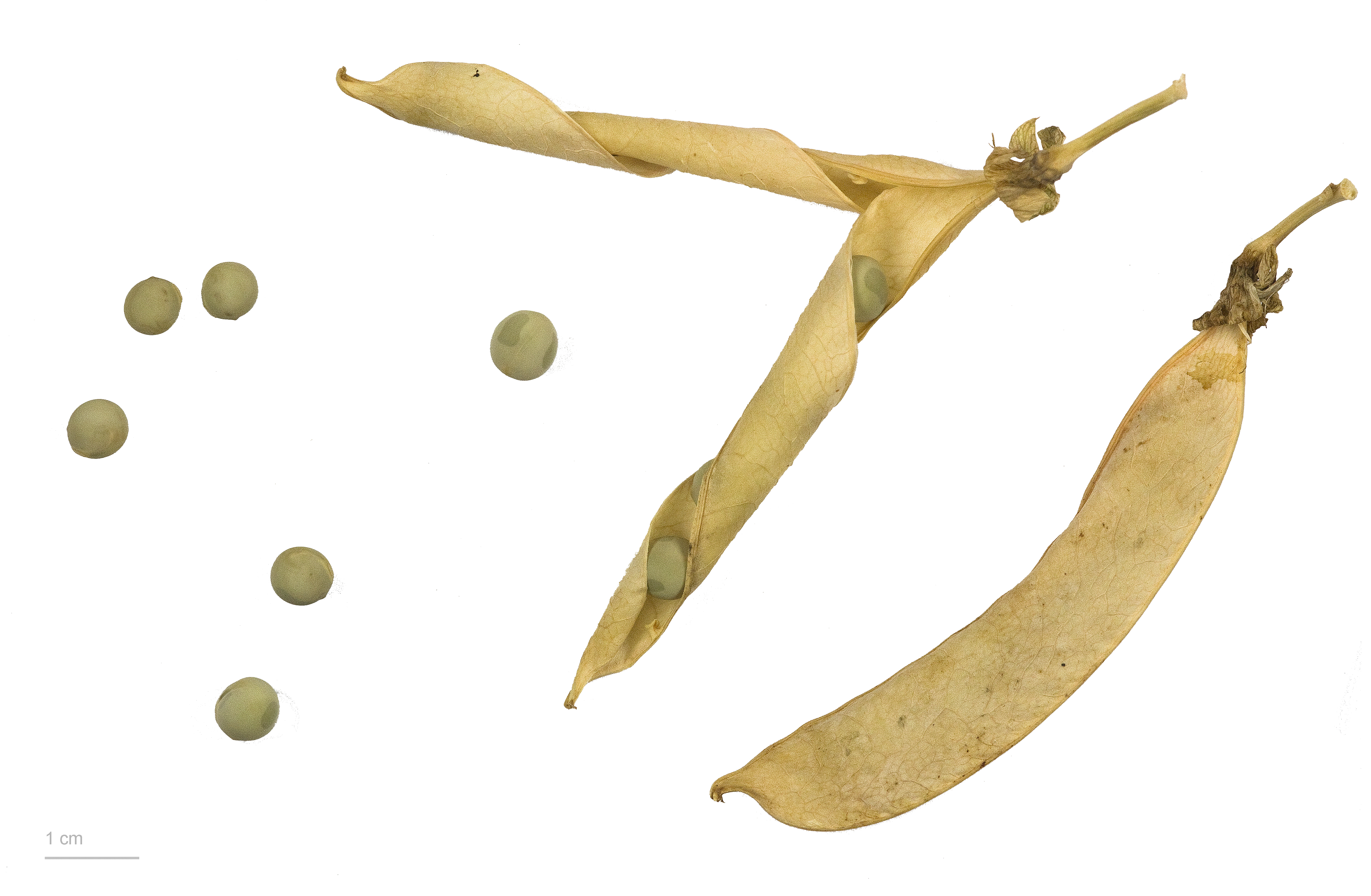|
Szałot
Szałot () is a Silesian potato salad. It can be made with diced, boiled potatoes, carrots, peas, ham, various sausages, fish, boiled eggs Humans and human ancestors have scavenged and eaten animal eggs for millions of years. Humans in Southeast Asia had domesticated chickens and harvested their eggs for food by 1,500 BCE. The most widely consumed eggs are those of fowl, especial ..., and bonded with olive oil or mayonnaise. There are many variations on the dish. In 2006, szałot was placed on the Polish Ministry of Agriculture and Rural Development's list of regional and traditional foods. References Silesian cuisine Salads Potato dishes {{Food-stub ... [...More Info...] [...Related Items...] OR: [Wikipedia] [Google] [Baidu] |
Silesian Cuisine
Silesian cuisine belongs to the region of Silesia in Central Europe. It is a subtype of Polish and German cuisine with many similarities to and signs of the influence of neighbouring cuisines. The cuisine is particularly renowned for its poppy seed and knödel dishes. List of Silesian dishes * ''Żymła'' - a well-baked bread roll, oval with a division in the middle, topped with poppy seeds, similar to Austrian ''Kaisersemmel. * '' Kluski śląskie/Schlesische Kartoffelklöße'' (Silesian dumplings) - round dumplings served with gravy, made of mashed boiled potatoes, finely grated raw potatoes, an egg, grated onion, wheat flour, and potato flour * ''Schlesisches Himmelreich'' ("Silesian Heaven") - a dish of smoked pork cooked in water with dried fruit and spices * '' Rolada z modrą kapustą'' (rouladen with red cabbage) - best-quality beef-meat roll; stuffed with pickled vegetable, ham, and good amount of seasoning; always served with red cabbage (with fried bacon, fresh onion ... [...More Info...] [...Related Items...] OR: [Wikipedia] [Google] [Baidu] |
Silesia
Silesia (, also , ) is a historical region of Central Europe that lies mostly within Poland, with small parts in the Czech Republic and Germany. Its area is approximately , and the population is estimated at around 8,000,000. Silesia is split into two main subregions, Lower Silesia in the west and Upper Silesia in the east. Silesia has a diverse culture, including architecture, costumes, cuisine, traditions, and the Silesian language (minority in Upper Silesia). Silesia is along the Oder River, with the Sudeten Mountains extending across the southern border. The region contains many historical landmarks and UNESCO World Heritage Sites. It is also rich in mineral and natural resources, and includes several important industrial areas. The largest city and Lower Silesia's capital is Wrocław; the historic capital of Upper Silesia is Opole. The biggest metropolitan area is the Upper Silesian metropolitan area, the centre of which is Katowice. Parts of the Czech city of Ostrav ... [...More Info...] [...Related Items...] OR: [Wikipedia] [Google] [Baidu] |
Side Dish
A side dish, sometimes referred to as a side order, side item, or simply a side, is a food item that accompanies the entrée or main course at a meal. (definition. Merriam-webster.com Accessed August 2011. Common types 
 Side dishes ...
Side dishes ...
[...More Info...] [...Related Items...] OR: [Wikipedia] [Google] [Baidu] |
Potato
The potato is a starchy food, a tuber of the plant ''Solanum tuberosum'' and is a root vegetable native to the Americas. The plant is a perennial in the nightshade family Solanaceae. Wild potato species can be found from the southern United States to southern Chile. The potato was originally believed to have been domesticated by Native Americans independently in multiple locations,University of Wisconsin-Madison, ''Finding rewrites the evolutionary history of the origin of potatoes'' (2005/ref> but later genetic studies traced a single origin, in the area of present-day southern Peru and extreme northwestern Bolivia. Potatoes were domesticated there approximately 7,000–10,000 years ago, from a species in the ''Solanum brevicaule'' complex. Lay summary: In the Andes region of South America, where the species is indigenous, some close relatives of the potato are cultivated. Potatoes were introduced to Europe from the Americas by the Spanish in the second half of the 16 ... [...More Info...] [...Related Items...] OR: [Wikipedia] [Google] [Baidu] |
Potato Salad
Potato salad is a salad dish made from boiled potatoes, usually containing a dressing and a variety of other ingredients such as boiled eggs and raw vegetables. In the United States, it is generally considered a side dish and usually accompanies the main course. History and varieties Potato salad is widely believed to have originated in Germany, spreading largely throughout Europe, the United States, and later Asia.backup/ref> American potato salad most likely originated from recipes brought to the U.S. by way of German and other European immigrants during the nineteenth century. American-style potato salad is served cold or at room temperature. Ingredients often include mayonnaise or a comparable substitute (such as yogurt or sour cream), herbs, and raw vegetables (such as onion and celery). German-style potato salad is served warm or at room temperature and is made with a vinaigrette, (rather than a creamy mayonnaise-based dressing), and typically includes bacon. Asian-st ... [...More Info...] [...Related Items...] OR: [Wikipedia] [Google] [Baidu] |
Boiled
Boiling is the rapid vaporization of a liquid, which occurs when a liquid is heated to its boiling point, the temperature at which the vapour pressure of the liquid is equal to the pressure exerted on the liquid by the surrounding atmosphere. There are two main types of boiling: nucleate boiling where small bubbles of vapour form at discrete points, and critical heat flux boiling where the boiling surface is heated above a certain critical temperature and a film of vapor forms on the surface. Transition boiling is an intermediate, unstable form of boiling with elements of both types. The boiling point of water is 100 °C or 212 °F but is lower with the decreased atmospheric pressure found at higher altitudes. Boiling water is used as a method of making it potable by killing microbes and viruses that may be present. The sensitivity of different micro-organisms to heat varies, but if water is held at for one minute, most micro-organisms and viruses are inactivated. Ten mi ... [...More Info...] [...Related Items...] OR: [Wikipedia] [Google] [Baidu] |
Potatoes
The potato is a starchy food, a tuber of the plant ''Solanum tuberosum'' and is a root vegetable native to the Americas. The plant is a perennial in the nightshade family Solanaceae. Wild potato species can be found from the southern United States to southern Chile. The potato was originally believed to have been domesticated by Native Americans independently in multiple locations,University of Wisconsin-Madison, ''Finding rewrites the evolutionary history of the origin of potatoes'' (2005/ref> but later genetic studies traced a single origin, in the area of present-day southern Peru and extreme northwestern Bolivia. Potatoes were domesticated there approximately 7,000–10,000 years ago, from a species in the ''Solanum brevicaule'' complex. Lay summary: In the Andes region of South America, where the species is indigenous, some close relatives of the potato are cultivated. Potatoes were introduced to Europe from the Americas by the Spanish in the second half of the 16th c ... [...More Info...] [...Related Items...] OR: [Wikipedia] [Google] [Baidu] |
Carrots
The carrot (''Daucus carota'' subsp. ''sativus'') is a root vegetable, typically orange in color, though purple, black, red, white, and yellow cultivars exist, all of which are domesticated forms of the wild carrot, ''Daucus carota'', native to Europe and Southwestern Asia. The plant probably originated in Persia and was originally cultivated for its leaves and seeds. The most commonly eaten part of the plant is the taproot, although the stems and leaves are also eaten. The domestic carrot has been selectively bred for its enlarged, more palatable, less woody-textured taproot. The carrot is a biennial plant in the umbellifer family, Apiaceae. At first, it grows a rosette of leaves while building up the enlarged taproot. Fast-growing cultivars mature within three months (90 days) of sowing the seed, while slower-maturing cultivars need a month longer (120 days). The roots contain high quantities of alpha- and beta-carotene, and are a good source of vitamin A, vitamin K, an ... [...More Info...] [...Related Items...] OR: [Wikipedia] [Google] [Baidu] |
Peas
The pea is most commonly the small spherical seed or the seed-pod of the flowering plant species ''Pisum sativum''. Each pod contains several peas, which can be green or yellow. Botanically, pea pods are fruit, since they contain seeds and develop from the ovary of a (pea) flower. The name is also used to describe other edible seeds from the Fabaceae such as the pigeon pea (''Cajanus cajan''), the cowpea (''Vigna unguiculata''), and the seeds from several species of ''Lathyrus''. Peas are annual plants, with a life cycle of one year. They are a cool-season crop grown in many parts of the world; planting can take place from winter to early summer depending on location. The average pea weighs between 0.1 and 0.36 gram. The immature peas (and in snow peas the tender pod as well) are used as a vegetable, fresh, frozen or canned; varieties of the species typically called field peas are grown to produce dry peas like the split pea shelled from a matured pod. These are the bas ... [...More Info...] [...Related Items...] OR: [Wikipedia] [Google] [Baidu] |
Sausages
A sausage is a type of meat product usually made from ground meat—often pork, beef, or poultry—along with salt, spices and other flavourings. Other ingredients, such as grains or breadcrumbs may be included as fillers or extenders. When used as an adjective, the word ''sausage'' can refer to the loose sausage meat, which can be formed into patties or stuffed into a skin. When referred to as "a sausage", the product is usually cylindrical and encased in a skin. Typically, a sausage is formed in a casing traditionally made from intestine, but sometimes from synthetic materials. Sausages that are sold raw are cooked in many ways, including pan-frying, broiling and barbecuing. Some sausages are cooked during processing, and the casing may then be removed. Sausage-making is a traditional food preservation technique. Sausages may be preserved by curing, drying (often in association with fermentation or culturing, which can contribute to preservation), smoking, or fre ... [...More Info...] [...Related Items...] OR: [Wikipedia] [Google] [Baidu] |
Fish
Fish are aquatic, craniate, gill-bearing animals that lack limbs with digits. Included in this definition are the living hagfish, lampreys, and cartilaginous and bony fish as well as various extinct related groups. Approximately 95% of living fish species are ray-finned fish, belonging to the class Actinopterygii, with around 99% of those being teleosts. The earliest organisms that can be classified as fish were soft-bodied chordates that first appeared during the Cambrian period. Although they lacked a true spine, they possessed notochords which allowed them to be more agile than their invertebrate counterparts. Fish would continue to evolve through the Paleozoic era, diversifying into a wide variety of forms. Many fish of the Paleozoic developed external armor that protected them from predators. The first fish with jaws appeared in the Silurian period, after which many (such as sharks) became formidable marine predators rather than just the prey of arthropods. Mos ... [...More Info...] [...Related Items...] OR: [Wikipedia] [Google] [Baidu] |
Egg (food)
Humans and human ancestors have scavenged and eaten animal eggs for millions of years. Humans in Southeast Asia had domesticated chickens and harvested their eggs for food by 1,500 BCE. The most widely consumed eggs are those of fowl, especially chickens. Eggs of other birds, including ostriches and other ratites, are eaten regularly but much less commonly than those of chickens. People may also eat the eggs of reptiles, amphibians, and fish. Fish eggs consumed as food are known as roe or caviar. Bird and reptile eggs consist of a protective eggshell, albumen ( egg white), and vitellus ( egg yolk), contained within various thin membranes. Egg yolks and whole eggs store significant amounts of protein and choline, and are widely used in cookery. Due to their protein content, the United States Department of Agriculture formerly categorized eggs as ''Meats'' within the Food Guide Pyramid (now MyPlate). Despite the nutritional value of eggs, there are some potential health issues ... [...More Info...] [...Related Items...] OR: [Wikipedia] [Google] [Baidu] |


.jpg)





